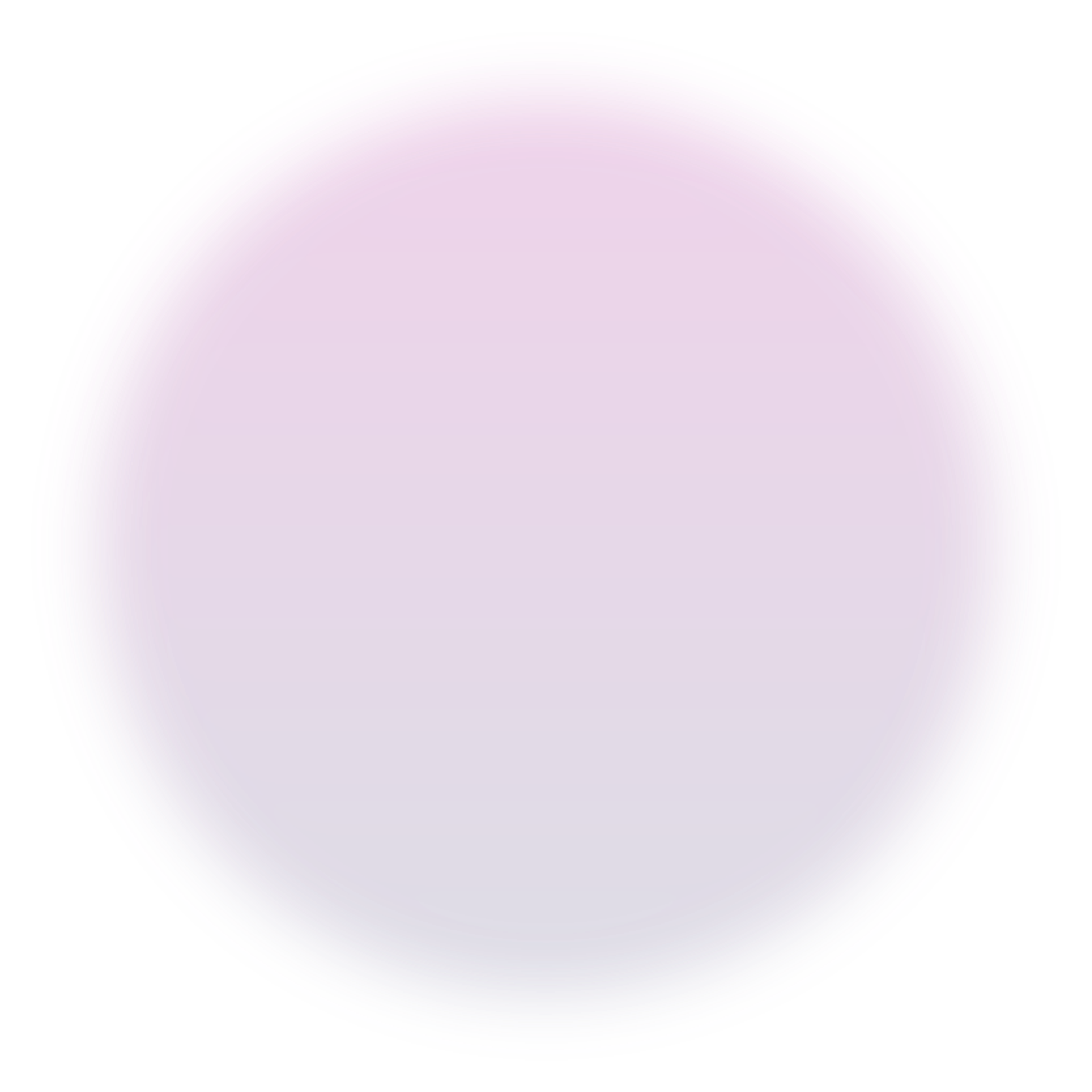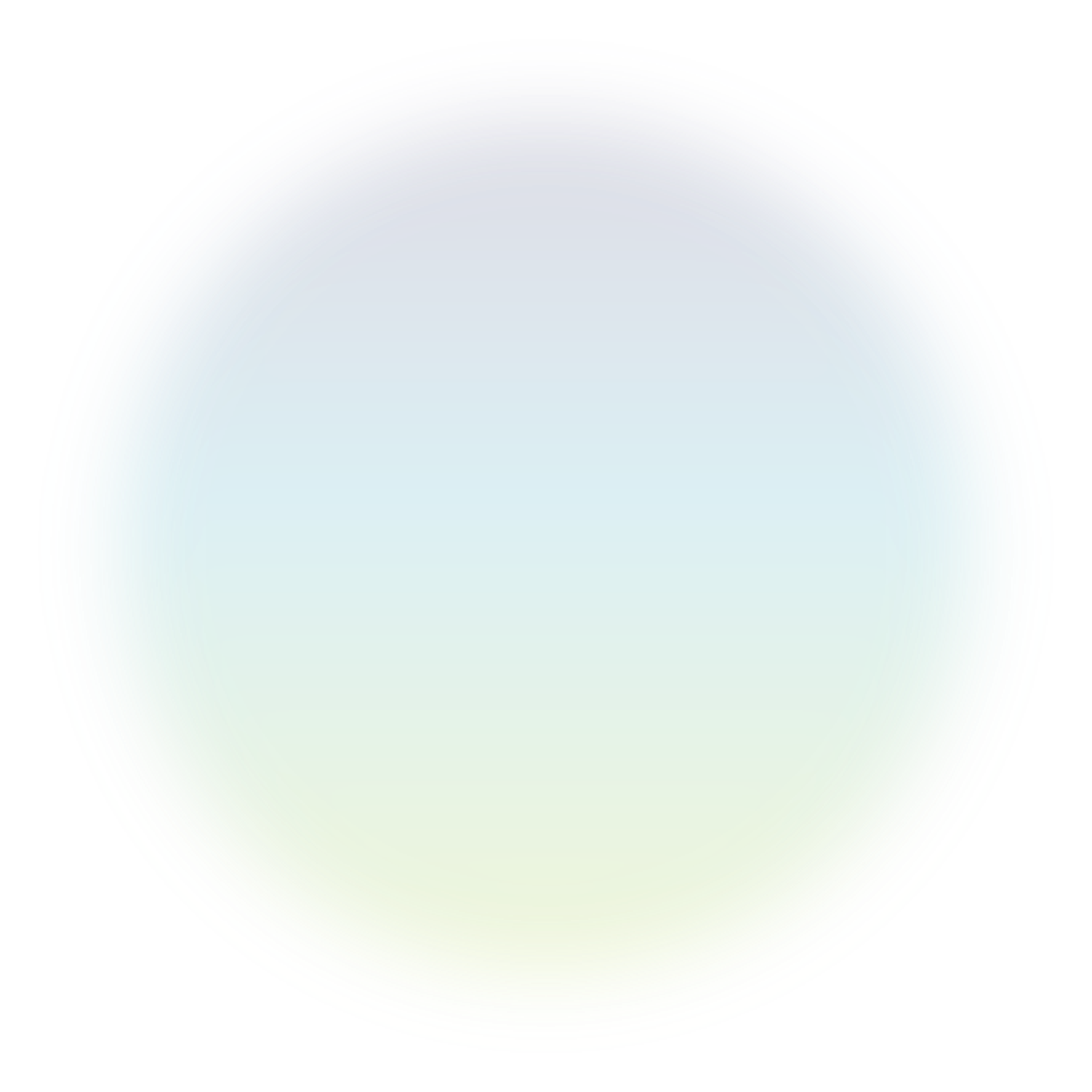In July 2025, ESIG experts in exposure science met in Brussels to address how the solvents industry can continue to comply with REACH regulations during the transition to ECHA’s new CHESAR platform. This new system presents challenges for existing tools and ESIG’s Use Maps. The group reviewed the EGRET tool to improve the support in exposure assessments. They also explored how ESIG can contribute to REACH simplification and continue developing SpERCs and SWEDs to help demonstrate safe chemical use and maintain access to the European market.
ACCESS OUR GENERIC EXPOSURE SCENARIOS WEBPAGE

Background
ESIG provides guidance to solvents manufacturers and importers in Europe, helping them comply with REACH requirements. Our Generic Exposure Scenarios (GES) are widely recognised as the solvent industry standard in Europe, ensuring REACH compliance throughout the supply chain.
One way to guarantee and secure access to the market of chemicals is to demonstrate the safe use of substances. This can be done by experts who successfully perform exposure assessments. The ESIG group has a dedicated task force composed of experts in exposure science, which convened on 3rd of July for a full face-to-face meeting in Brussels.
A recent announcement by ECHA indicating the initiation of a beta testing of the CHESAR Platform (an IT solution succeeding the CHESAR Tool, arguably one of the most convenient tools to deliver the Chemical Safety Report until now) represents an issue for the ESIG group, as the work done by ESIG to accommodate this transition will not be user-friendly anymore.
This also represents an issue for all stakeholders who were using the ESIG Use Maps, thus, not limited to solvents only.
The ESIG experts had invited Penman Consulting to review the capabilities of EGRET, the GES Risk and Exposure Tool developed by ESIG many years ago, to determine whether this would be a key asset in circumventing the complications of the transition to the new CHESAR platform. The members also discussed various items related to ESIG activities, such as potential quality improvements to the ART/dART database, support for REACH simplification regarding REACH Article 37 and overlaps with OSH, and further potential developments of the SpERCs/SWEDs used in the ESIG Use Maps.


